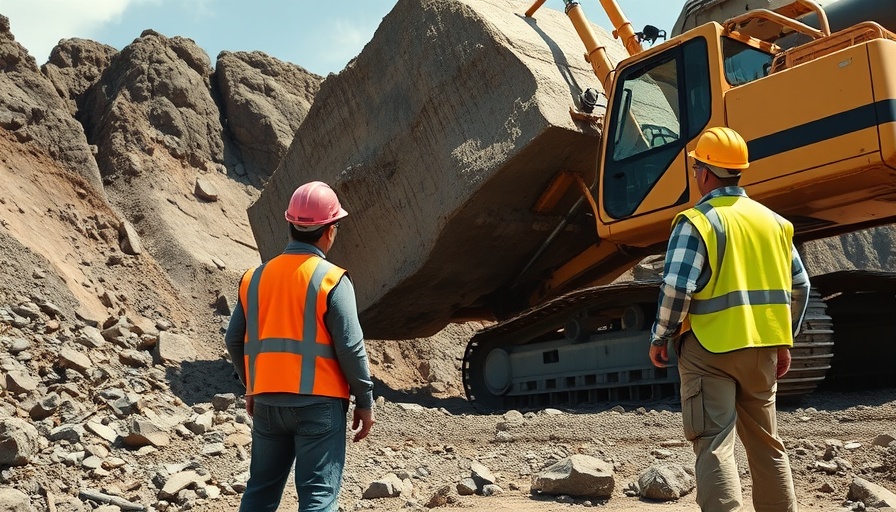
Navy's Commitment to Building in Guam: What's at Stake?
The U.S. Navy's recent announcement about awarding contracts for new facilities in Guam isn't just about infrastructure; it's a signal of growth. As the military branch gears up to improve its presence in the Pacific, construction companies are eyeing these opportunities as a chance not just to build, but to innovate. The expected investment underscores a broader trend in military construction, which increasingly incorporates sustainable practices and cutting-edge technologies.
Leveraging Technology in Military Construction
As we pivot to a future where efficiency is paramount, integrating technology into construction processes is no longer an option but a necessity. The Navy aims to implement smart building technologies in its Guam facilities, which could dramatically enhance energy efficiency. Drones for site assessments, AI for project management, and sustainable materials for construction are just a few tech-forward methods that could be utilized here. This approach not just reduces costs but also minimizes environmental impacts, aligning with the Navy's goals of promoting green construction.
Cost Management and Quality Outcomes: A Balancing Act
For clients of commercial construction companies, understanding the balance between cost and quality is vital. By focusing on sustainable materials and technologies, firms can position themselves as leaders in the market. The Navy's investment in Guam also highlights a risk—will contractors prioritize quality over speed? As bids come in, it's crucial for construction companies to emphasize quality outcomes while demonstrating project efficiency.
Future Opportunities Beyond Guam
Beyond the immediate contracts for constructing Navy facilities, this project could have lasting implications for the local economy and skilled labor market in Guam. The anticipated demand for skilled labor could lead to an upsurge in training programs and apprenticeships, fostering a more robust community. For construction companies, being proactive in providing workforce training is not just beneficial for local economies but a smart strategic move that positions them for future projects across various sectors.
Conclusion: Seize the Opportunity
As the Navy marks its territory in Guam, the construction industry must rise to the occasion. Whether through embracing innovative techniques, emphasizing sustainable practices, or ensuring quality in project delivery, there are ample opportunities for growth. Clients in the commercial construction sector should consider how they can leverage these developments, not just within the confines of military contracts but within a broader context of community development and sustainable practices.
With competition heating up, now is the time to position your construction business to thrive by integrating innovative solutions and sustainable methods into your offerings. By doing so, you'll not only contribute to efficient outcomes but also help foster a healthy, sustainable future for construction in Guam and beyond.
 Add Row
Add Row  Add
Add 




 Add Row
Add Row  Add
Add 

Write A Comment